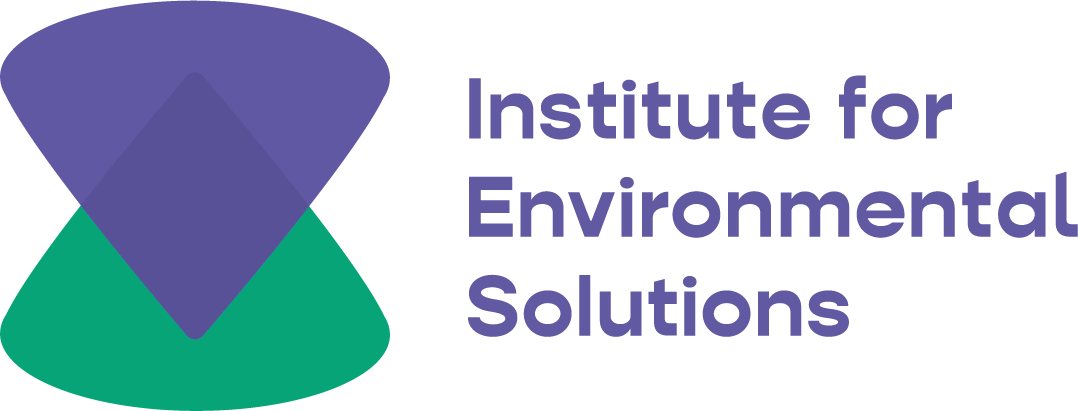Mobile grazing herd. Season of 2019
Mobile grazing units are now settled in the winter pastures in Līgatne and waiting for the new grazing season. Meanwhile, we have summarized the achievements of our mobile grazing units from 2019 and our first conclusions from this process.
Mobile grazing units were created by Latvian Fund for Nature as part of EU LIFE funded project GrassLIFE. Their main goal is to support management of remote semi-natural grasslands that are difficult to access or manage in different parts of Latvia. When choosing grazing sites priority is given to management of semi-natural grasslands that are habitats of EU importance and situated in Natura 2000 territories. Mobile grazing units started working in 2018 and thus have already had two full working seasons. Currently the herds consist of 69 Galloway cattle and 185 sheep.
2019 grazing season started in one of the most beautiful landscapes in Latvia – open air art museum Pedvāle. It is a place where nature and art is perfectly combined as the art objects are situated in the grassland habitats of EU importance. Until 2019 most of the grasslands in Pedvāle were managed by mowing, but due to difficult terrain mowing was not possible in all parts of the grasslands. At the beginning of summer we brought six cows with calves and 13 sheep to Pedvāle and they worked restlessly in restoring the natural and artistic beauty of the grasslands.
During 2019 grazing season our mobile grazing units visited 20 different locations in different parts of Latvia, grazing in total on 207 ha of grasslands of EU importance. To cover as many areas as possible, grazing herds were split into smaller units. Transportation times and costs were an important factor to consider and to tackle this challenge, we used the same units in several consecutive places in one region. For example, during 2019 season we focused on several clusters of grasslands that were located in Gauja National Park, North Gauja, Abava valley and Lielupe floodplains.
2019 grazing season was also the first season when our mobile grazing units met tourists in grasslands in Gauja National park that are criss-crossed by numerous tourist paths. This experience was interesting for both parties – visitors respected and liked our animals and our mobile grazing units did their best not to bother the visitors.
The most difficult grazing area in terms of access was Rocu meadow in Gauja National park, a place where Amata river meets Ročupīte river. To reach the pastures the mobile grazing unit had to cross Amata river themselves.
2019 grazing season finished in North Gauja, where our last working unit - seven cows with calves - grazed until 20 November, before returning to winter pastures to continue feeding on hay that was collected in semi-natural grasslands.
To find the most appropriate grazing sites and to ensure that every landowner has the chance to take part in GrassLIFE, an application process was announced at the beginning of 2019, inviting landowners to propose their lands for mobile grazing. We received more than 100 applications from landowners all over Latvia. The database that was created on the basis of this open call continues to be the core of our planning. We will not announce an open call in 2020, due to the fact that there are still many landowners that we could not visit in 2019 and those will be given the priority.
An important criterion for qualifying for a mobile grazing support was that the grassland had to be at least five hectares in size. However, there are numerous extremely valuable grasslands that are smaller than this threshold and we are looking for solutions also for those. For example, six of our sheep were dispatched to a two-hectare grassland in Turaida region where the landowner himself had built the grazing infrastructure, and they spent whole summer improving the habitat.
Inga Račinska, the GrassLIFE project manager at Latvian Fund for Nature, commented: “Mobile grazing units are an innovation in Latvia, Baltics and for our region. It is a very good tool for restoration and management of semi-natural grasslands. In GrassLIFE project we are testing the method and assessing its effectiveness from the perspective of nature and economy. The largest challenge for us is the long transportation distances of animals and time needed to construct the temporary grazing infrastructure in each pasture. That requires a lot of resources, time and money-wise. We continue testing the method and looking for the most optimal modus operandi, that would enable us to continue with this much needed initiative in the coming years”.







